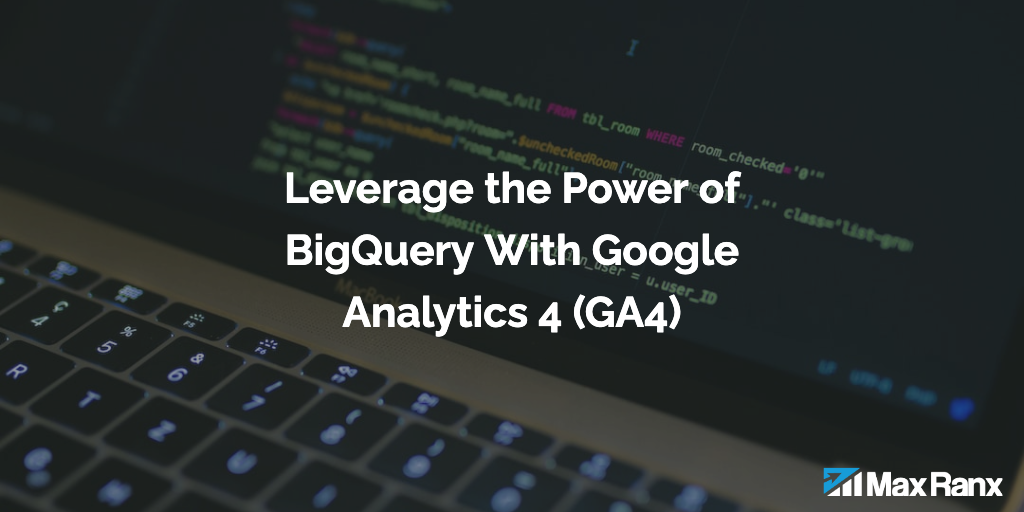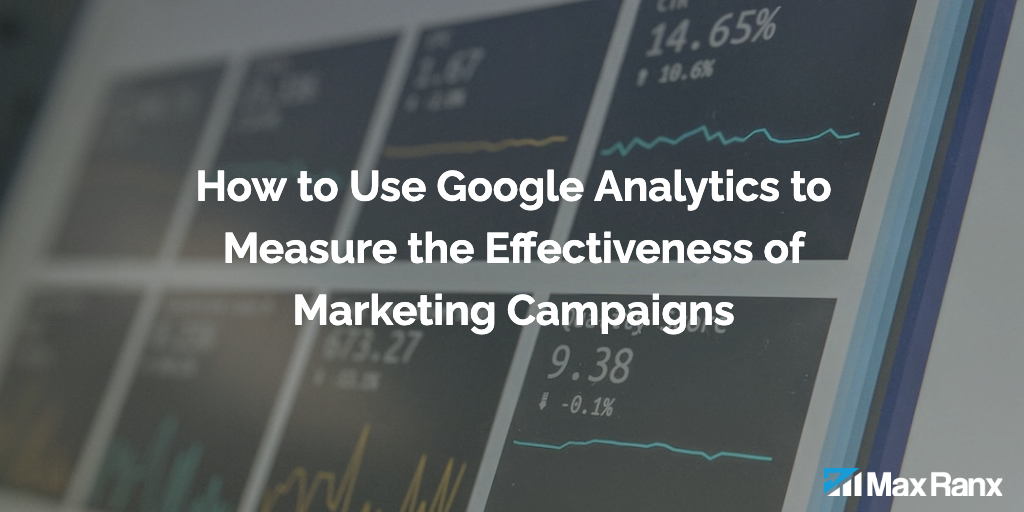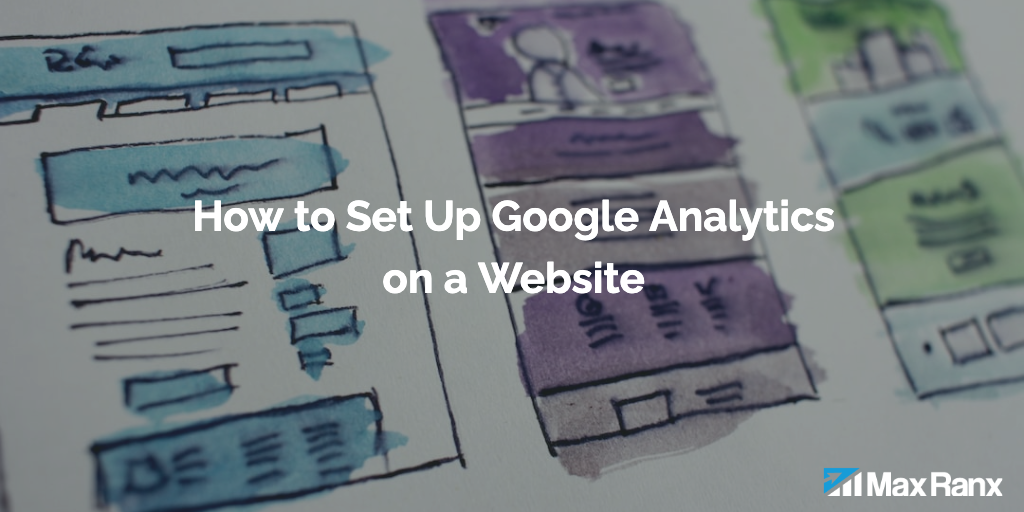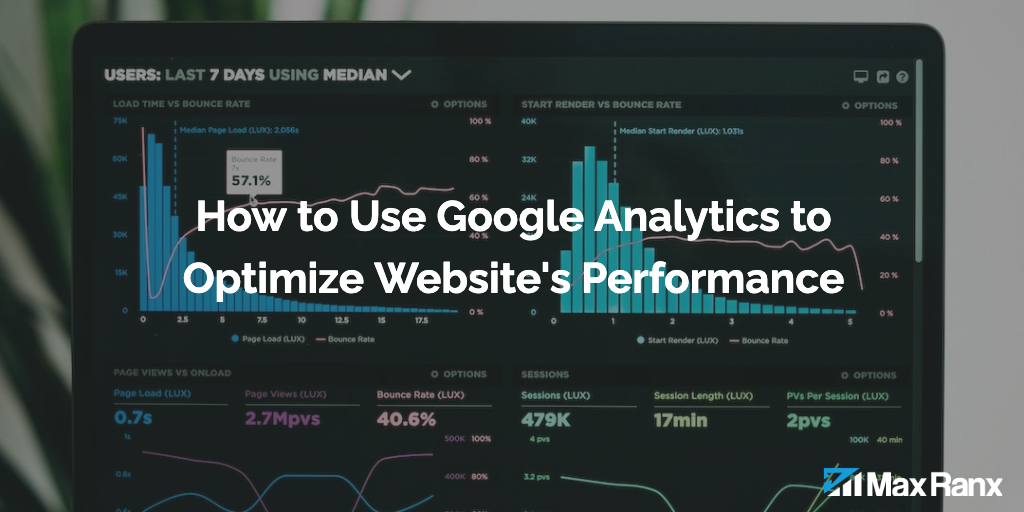Google Analytics 4 (GA4) is a powerful platform for collecting, analyzing, and understanding user data. It allows businesses to track and measure the performance of their websites, apps, and digital properties, and provides insights into user behavior and engagement. Google BigQuery is a cloud-based data warehouse that allows businesses to store, process, and analyze large and complex datasets. By leveraging BigQuery with GA4, businesses can extract and analyze data from GA4 at scale and gain deeper insights into their users and their behavior.
Here’s how businesses can leverage BigQuery with GA4:
- Connect BigQuery to GA4: The first step in leveraging BigQuery with GA4 is to connect BigQuery to GA4. To do this, you will need to have a Google account and access to both BigQuery and GA4. You can then follow these steps:
- In GA4, go to the “Data Sources” tab and click the “Add a Data Source” button.
- In the “Add a Data Source” window, select “BigQuery” as the source type.
- Follow the prompts to connect your BigQuery account to GA4. You will need to grant GA4 access to your BigQuery account and select the project and dataset that you want to use.
- Extract data from GA4 to BigQuery: Once you have connected BigQuery to GA4, you can extract data from GA4 and load it into BigQuery. To do this, you can use the GA4 export feature to export your GA4 data to BigQuery on a scheduled basis. You can specify the type of data that you want to export (e.g., event data, user data, etc.), as well as the frequency of the export (e.g., daily, weekly, etc.).
- Analyze and visualize your GA4 data in BigQuery: Once you have extracted your GA4 data to BigQuery, you can use BigQuery’s powerful analytics and visualization tools to analyze and visualize your data. You can use SQL queries to extract specific data from your GA4 tables, and you can use BigQuery’s visualization tool, BigQuery BI Engine, to create interactive reports and dashboards based on your GA4 data.
- Integrate GA4 and BigQuery with other tools: By integrating GA4 and BigQuery with other tools, you can leverage the data and insights from these platforms to optimize your digital properties and improve their performance. For example, you can use GA4 and BigQuery in combination with other Google tools, such as Google Ads and Google Optimize, to optimize your marketing efforts and improve the user experience of your websites and apps. You can also use GA4 and BigQuery with third-party tools, such as data visualization platforms or customer relationship management (CRM) systems, to gain a more holistic view of your users and their behavior.
In conclusion, leveraging BigQuery with GA4 allows businesses to extract and analyze data from GA4 at scale, gain deeper insights into their users and their behavior, and optimize their digital properties for better performance. By connecting BigQuery to GA4, extracting data from GA4 to BigQuery, analyzing and visualizing your GA4 data in BigQuery, and integrating GA4 and BigQuery with other tools, businesses can maximize the value of their GA4 data and drive better results for their business.




